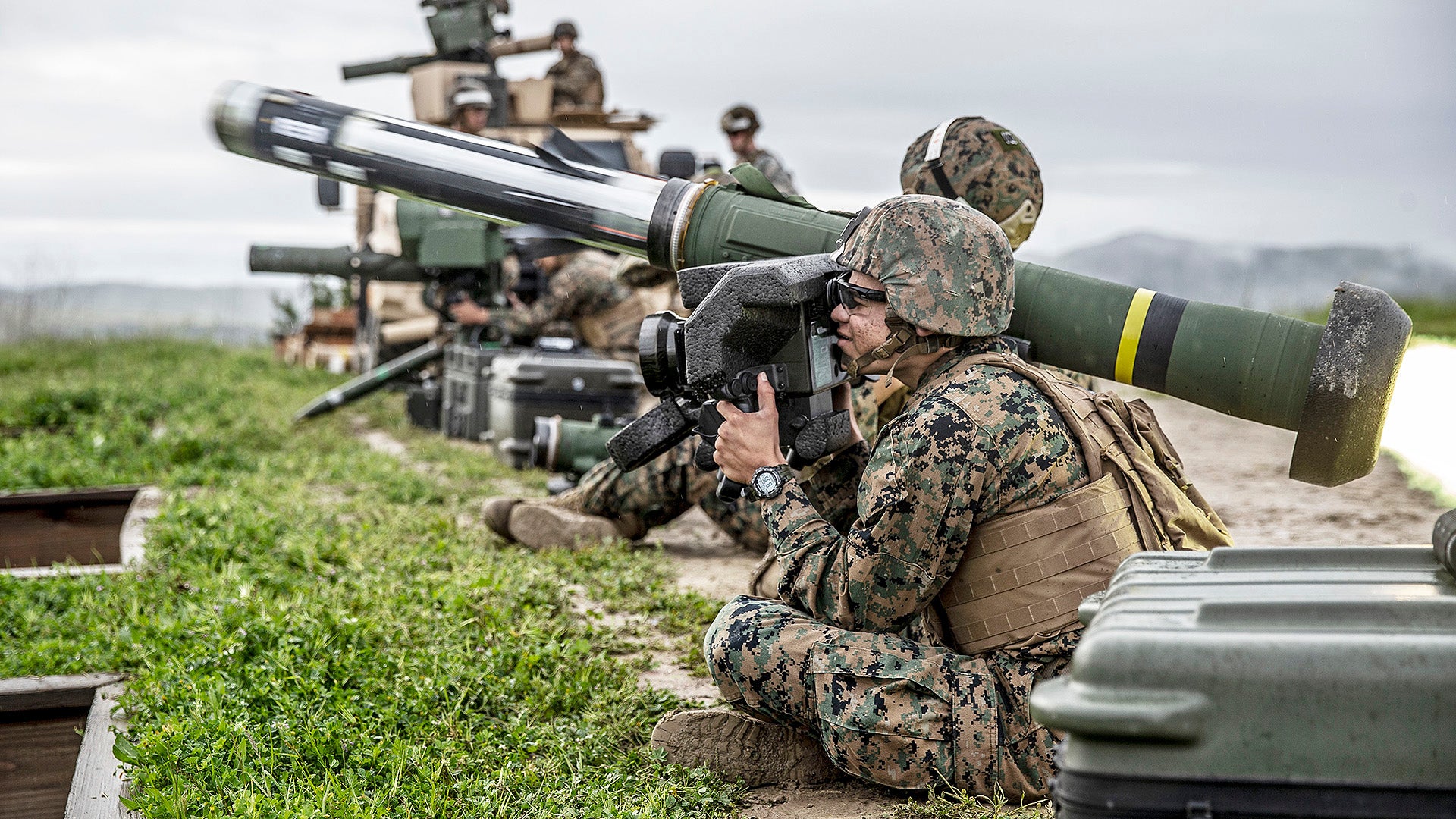Congress is asking the Pentagon whether the Defense Production Act, or DPA, should be invoked to ensure supplies of Javelin anti-tank missile systems, as well as Stinger surface-to-air missiles, continue to flow to Ukraine. Ukrainian forces have used both of these weapons to great effect in their ongoing defense against Russia’s onslaught. At the same time, questions are growing about the U.S. defense industry’s ability to meet increased demand for these missiles, not just from Ukraine, but in the event that the U.S. military needs to acquire more of them quickly during a major future conflict.
“To produce more of the Javelins, Stingers – all the stocks that we are using and diminishing and running low on and our allies, as well – shouldn’t we be applying the Defense Production Act?” Sen. Richard Blumenthal, a Connecticut Democrat, asked Defense Secretary Lloyd Austin at a Senate Armed Services Committee budget hearing today.

“We are pushing hard to engage in industry to make sure that we move the production of these items as quickly as we can,” Austin responded. “And that’s not an easy task with at least one of the items here, but we will continue to move this in terms of additional production as fast and efficiently as we can.”
Javelin is a shoulder-fired guided anti-tank missile system that Lockheed Martin and Raytheon produce together through a joint venture company. Stinger is a shoulder-launched surface-to-air missile system, also known as a man-portable air-defense system (MANPADS), which Raytheon produces. You can read more about both of these weapons and their respective capabilities here.
The DPA allows the president to order private companies to prioritize orders from the federal government for national defense purposes. The president can also offer financial incentives, like loans and guarantees, to boost domestic production. In addition, companies can be given anti-trust waivers to work together in ways they might not otherwise be allowed.
Most recently, President Joe Biden has used the DPA to strengthen the U.S. industrial base for large-capacity batteries, giving the Department of Defense authority to help increase domestic mining and processing of the needed critical materials. President Donald Trump also leveraged the DPA as part of the response to the COVID-19 pandemic.
Even without the DPA, the U.S. government has committed more than $2.3 billion in security assistance to Ukraine since the beginning of the Biden Administration, including more than $1.6 billion in security assistance since Russia launched its invasion in February, according to the Pentagon. Javelins and Stingers, among other items, have been part of these air packages. For example, on March 16, Biden ordered the transfer of $800 million worth of military equipment to Ukraine, including 800 Stingers and 2,000 Javelins, as well as 6,000 AT4 and 1,000 M72 unguided shoulder-fired anti-armor weapons.
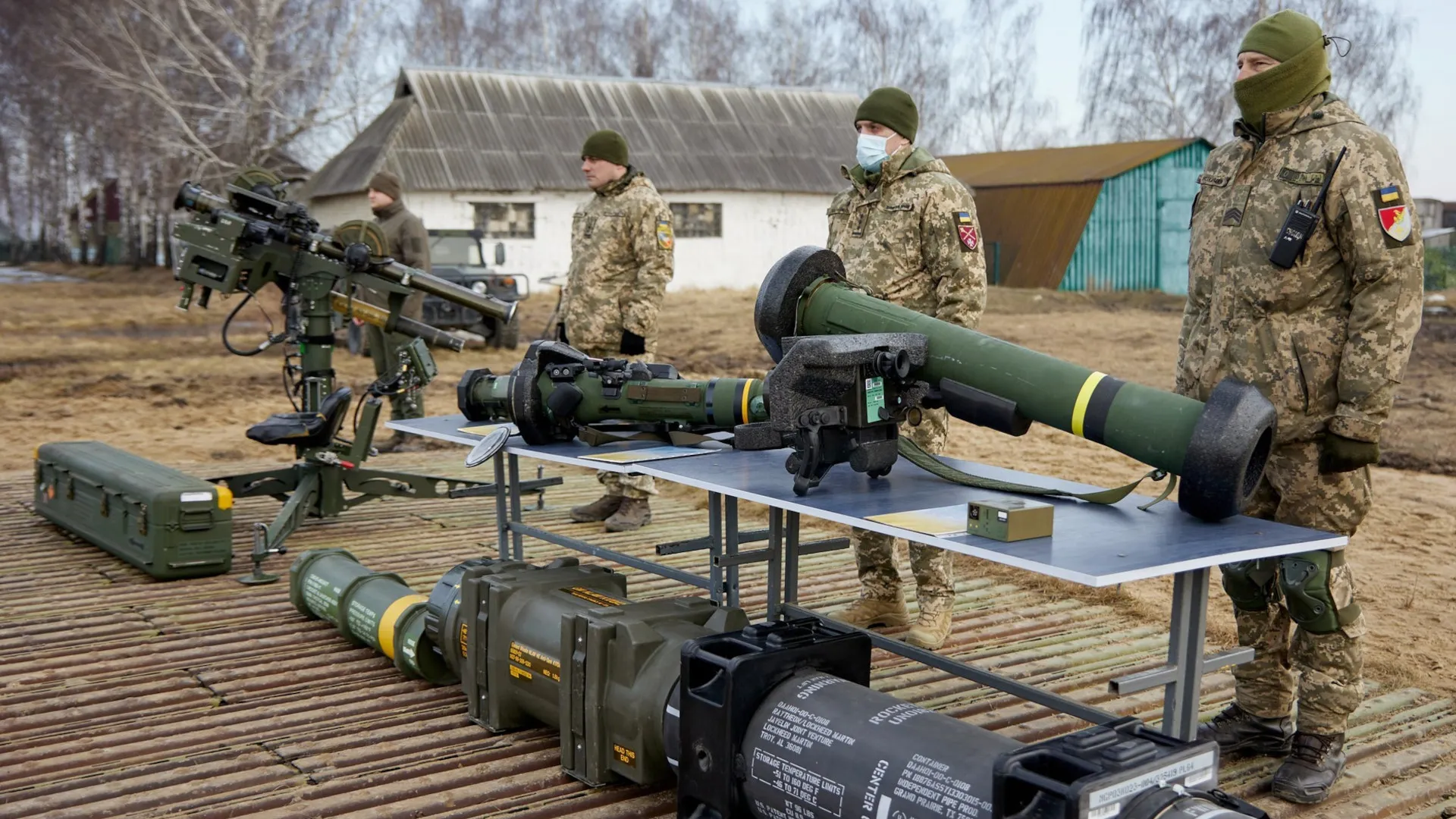
Just this week, Biden ordered the so-called “drawdown” of another $100 million worth of military aid specifically to “help us meet an urgent Ukrainian need for additional Javelin anti-armor systems, which the United States has been providing to Ukraine,” Pentagon spokesman John Kirby said Wednesday. “They’ve been used very effectively to combat the Russian attack on the Ukrainian homeland.”
“[The Javelin] can be used on other vehicles as well and even fixed targets if need be,” Kirby had continued. “And there have been thousands of Javelins that we have provided to Ukraine and we know they’re using them. You can see the evidence for yourself when you look at the videos and the images on TV of these burnt-out tanks and burnt-out trucks and armored personnel carriers.”
According to the Pentagon, this was the sixth drawdown of equipment from Department of Defense inventories for Ukraine since August of 2021.
Such drawdowns allow a president to withdraw weapons, ammunition, and other materials from existing U.S. stockpiles to give to other nations.
A fact sheet the Pentagon released today says the U.S. government has delivered more than 1,400 Stingers and over 5,000 Javelins, as well as more than 7,000 other anti-armor weapons, to Ukraine to date. Earlier in the day, Army Gen. Mark Milley, Chairman of the Joint Chiefs of Staff had told members of the Senate Armed Services Committee that the United States and its allies and partners have provided the Ukrainian armed forces with 60,000 anti-tank weapons and 25,000 anti-aircraft weapons. You can read more about the diverse array of shoulder-fired anti-tank and anti-aircraft weapons that Ukraine is known to have received so far here.
“The Administration is working around the clock to fulfill Ukraine’s priority security assistance requests, delivering weapons from U.S. stocks when they are available, and facilitating the delivery of weapons by allies and partners when their systems better suit Ukraine’s needs,” the Pentagon said in a media release Thursday afternoon. “All of the anti-armor and anti-air systems from the two packages of security assistance the President approved in March have been delivered.”
All of this is exactly why Sen. Blumenthal asked about a possible need to make use of the DPA to keep the flow of those weapons going. His remarks reflect a broader set of questions that many members of Congress, as well as experts and observers, are now increasingly asking. The big ones are how many more shipments of various weapon systems, especially Javelins and Stingers, can the U.S. provide to Ukraine while maintaining a sufficient stockpile for itself and how quickly can those stocks be replenished?
“These systems are being produced today, but production throughput is limited by long lead time items and capacity constrained sub-tier suppliers,” the Office of the Secretary of Defense said in a statement obtained today by The War Zone. “DoD is still assessing what those components are” that are most impacting the production process, it added.
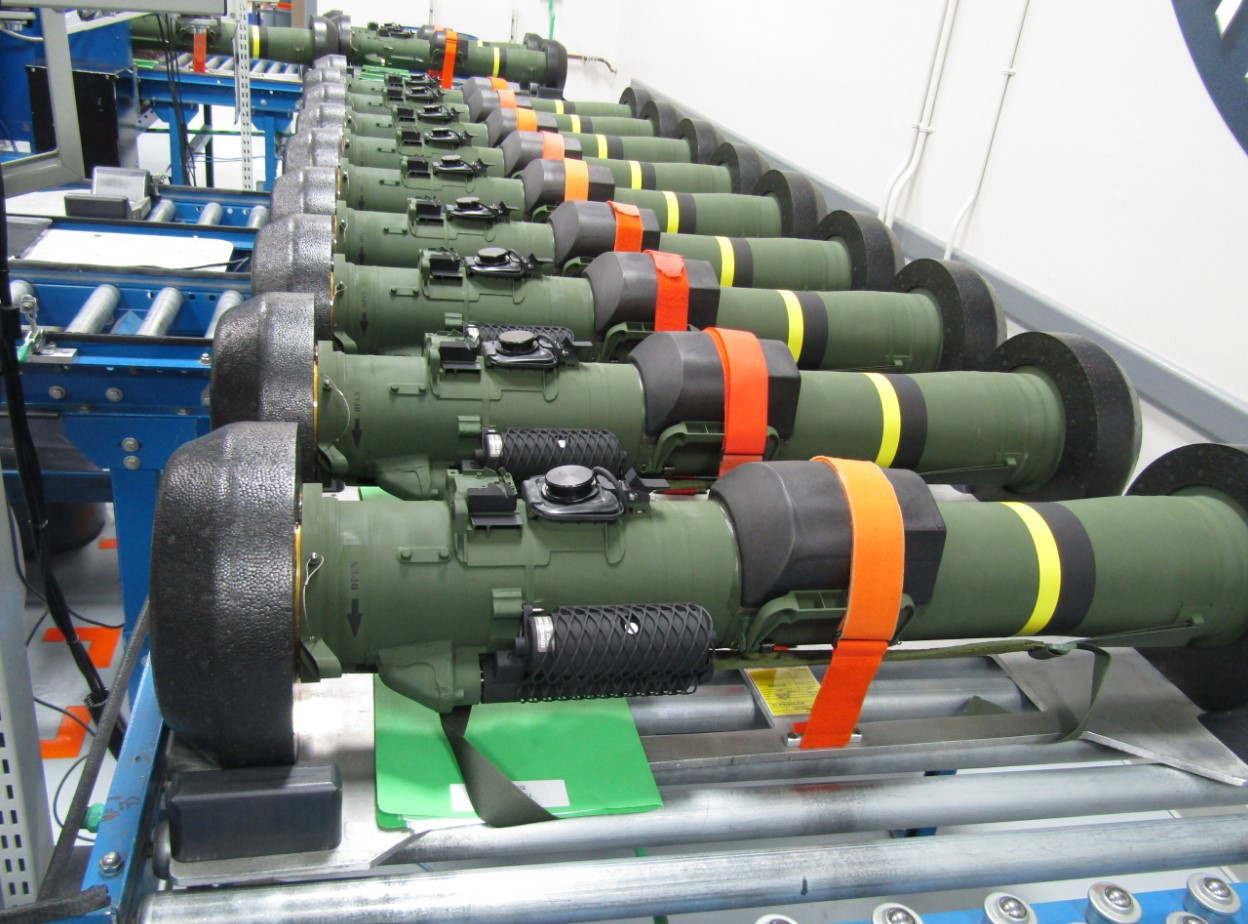
“Information on stockpiles and requirements for munitions and other weapons are internal to DoD,” it continued. “DoD dynamically assesses the inventory for all our systems with an aim to maintain levels that will allow us to support our national defense strategy.”
“The U.S. Army has active production contracts in place to support Javelin missile procurements,” Jamal Beck, a spokesperson for the Office of the Assistant Secretary of the Army for Acquisition, Logistics and Technology told The War Zone in a separate statement today. “Any planned additional funding allocations and associated quantity increases are at the discretion of the President, Congress, and Department of Defense leadership.”
“The Javelin production lines are currently active and demand signal drives production requirements. Working in partnership with industry, we are exploring options to replenish our inventories,” Beck added. “Funding allocation and replacement quantity decisions remain at the discretion of the President and Congress.”
The War Zone had also reached out to Lockheed Martin and Raytheon with related queries specifically about Javelin production, but both companies directed us to contact the Army. Though other branches of the U.S. military use this weapon, the Army manages the Javelin program for the entire Department of Defense.
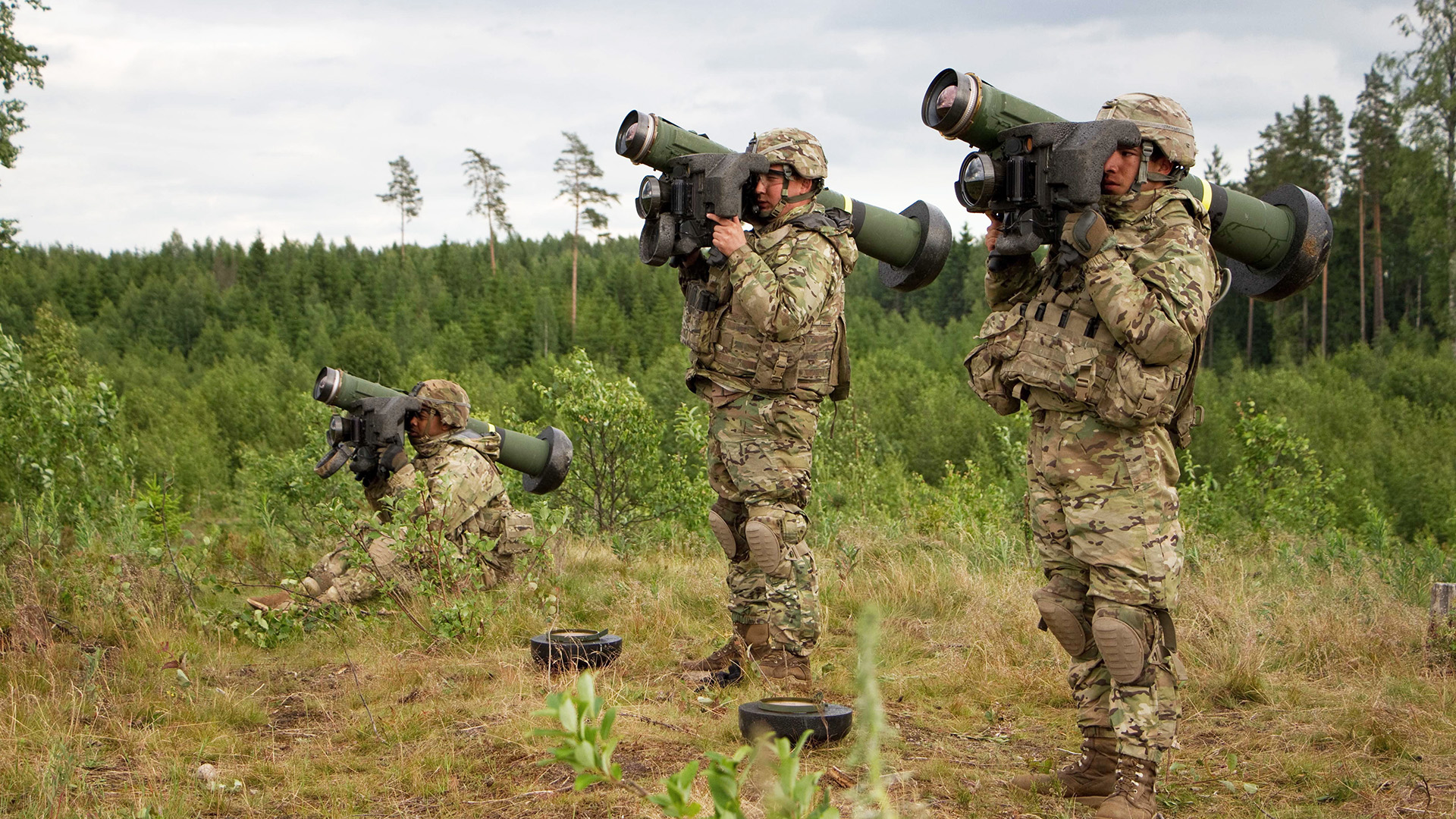
The information we did receive is broadly in line with other public statements from U.S. officials regarding both Javelin and Stinger production and the state of the U.S. military’s inventories of these weapons in recent weeks.
“I think, really, those [Javelin and Stinger] are two opportunities for the Army to rapidly move ahead, the way Congress wants us to replenish those stocks,” Doug Bush, the Assistant Secretary of the Army for Acquisition, Logistics and Technology Doug Bush, had said during an event hosted by Defense News on March 25. “I think we can do it.”
Javelins, specifically are being made “at a high production rate, but they can go higher,” Bush added. However, he did raise concerns about the need to address supply chain issues in order to replenish the Javelin and Stinger stocks. The Stinger, he said, is only currently in low-rate production for foreign customers, according to Defense News.
“We’re working through those issues right now,” Bush continued. “Congress provided a large amount of money in the omnibus to help us replenish our stocks, which we greatly appreciate, and we are very close to being ready to inform Congress of our first moves in that direction.”
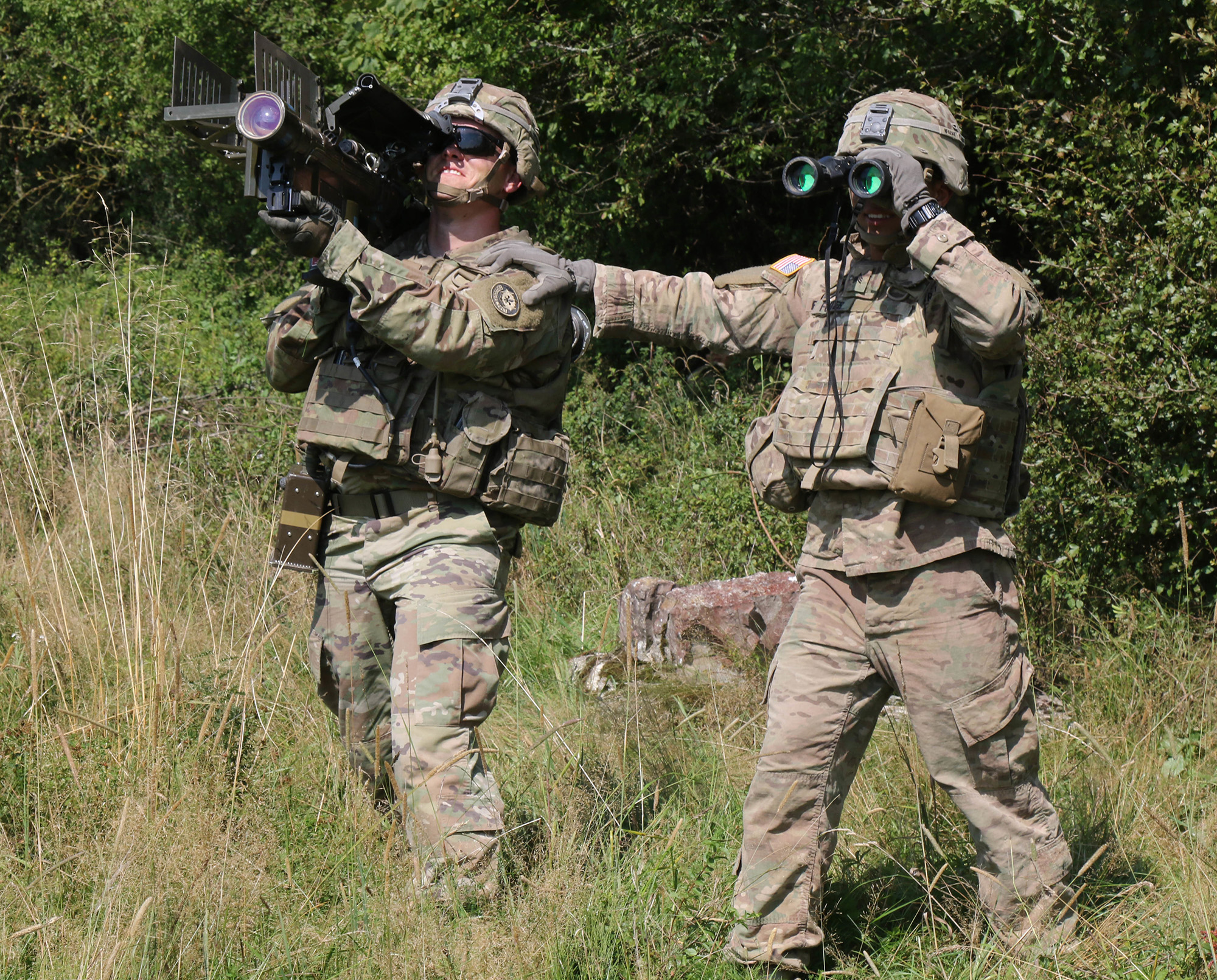
Wanting to increase production of Javelins and Stingers is one thing. Making that happen is quite another. When it comes to Javelins and Stingers, as well as other guided missile systems and higher-end weapon systems, production capacity isn’t just a question of how fast workers can put them together. It’s also about sourcing a slew of specialized components and base materials that are often in high demand (semiconductors, rare earth metals, etc) and then turning them into weapon systems – the “long lead time” and “capacity constrained” items that the Office of the Secretary of Defense statement mentioned.
Many of these supply chains are old and often brittle, issues that have only been further exposed by second-order impacts from the ongoing COVID-19 pandemic. Biden’s invoking of the DPA in relation to the production of high-capacity batteries was specifically in response to concerns about the need to increase the available capacity to produce essential core materials, including lithium, nickel, cobalt, graphite, and manganese.
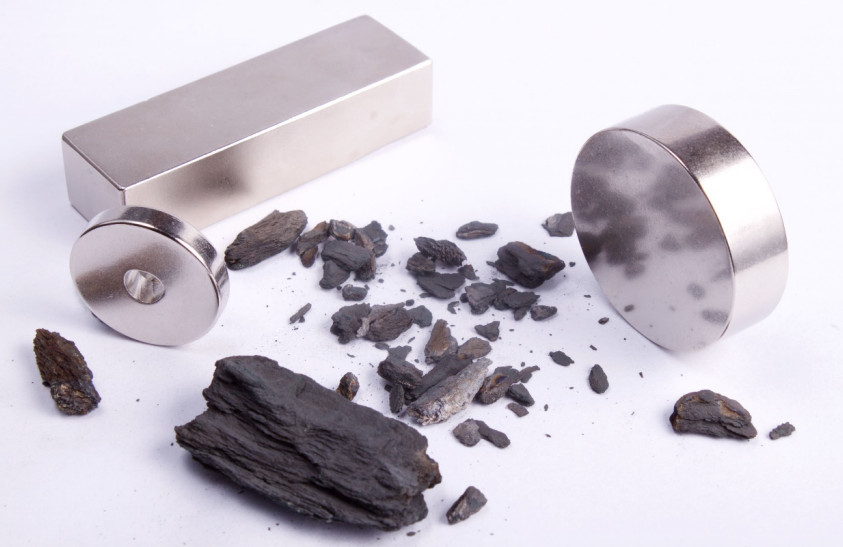
Of course, ramping up production does also require sufficient capacity to do the actual assembly work. Depending on exactly how many more Javelins of Stingers the U.S military might need going forward, Raytheon and Lockheed Martin could have to make increases in the size of their workforces and the physical space available to put the missiles together. None of this is necessarily something you can do overnight.
What the existing capacity to produce either of these weapons isn’t entirely clear. In March, Inside Defense reported that Javelin production could surge to up to 6,480 missiles per year, but that there would be unspecified costs involved that would lead to increased unit prices. The optimal production rate, where unit costs could be kept to a minimum, was reportedly around 3,960 missiles.
“We have the capacity to meet increased demand for the foreseeable future,” a spokesperson for Lockheed Martin told Inside Defense at the time.
Inside Defense’s story added that while “there is enough surge production capacity available in the Javelin missile supply chain to build thousands more per year, to refill U.S. stockpiles that have supplied Ukraine…the Army has made no public announcements yet concerning how many missiles it will buy or how much they will cost.”
With this in mind, it’s also worth noting that any new Javelins the Army acquires to replenish its stocks are almost certain to be more expensive than the ones it had before, due to improvements in the weapon system and inflation. Many of the Javelins that the U.S. military has delivered to Ukraine so far are older models.
The Army’s Fiscal Year 2022 budget request put the unit cost of a single Javelin missile at $192,772, up from $175,203 in the 2021 Fiscal Year. The cost of the reloadable Command Launch Unit (CLU), which can also be used in a pinch for general surveillance thanks to its integrated optics, only adds many thousands more dollars to the total weapon system cost.
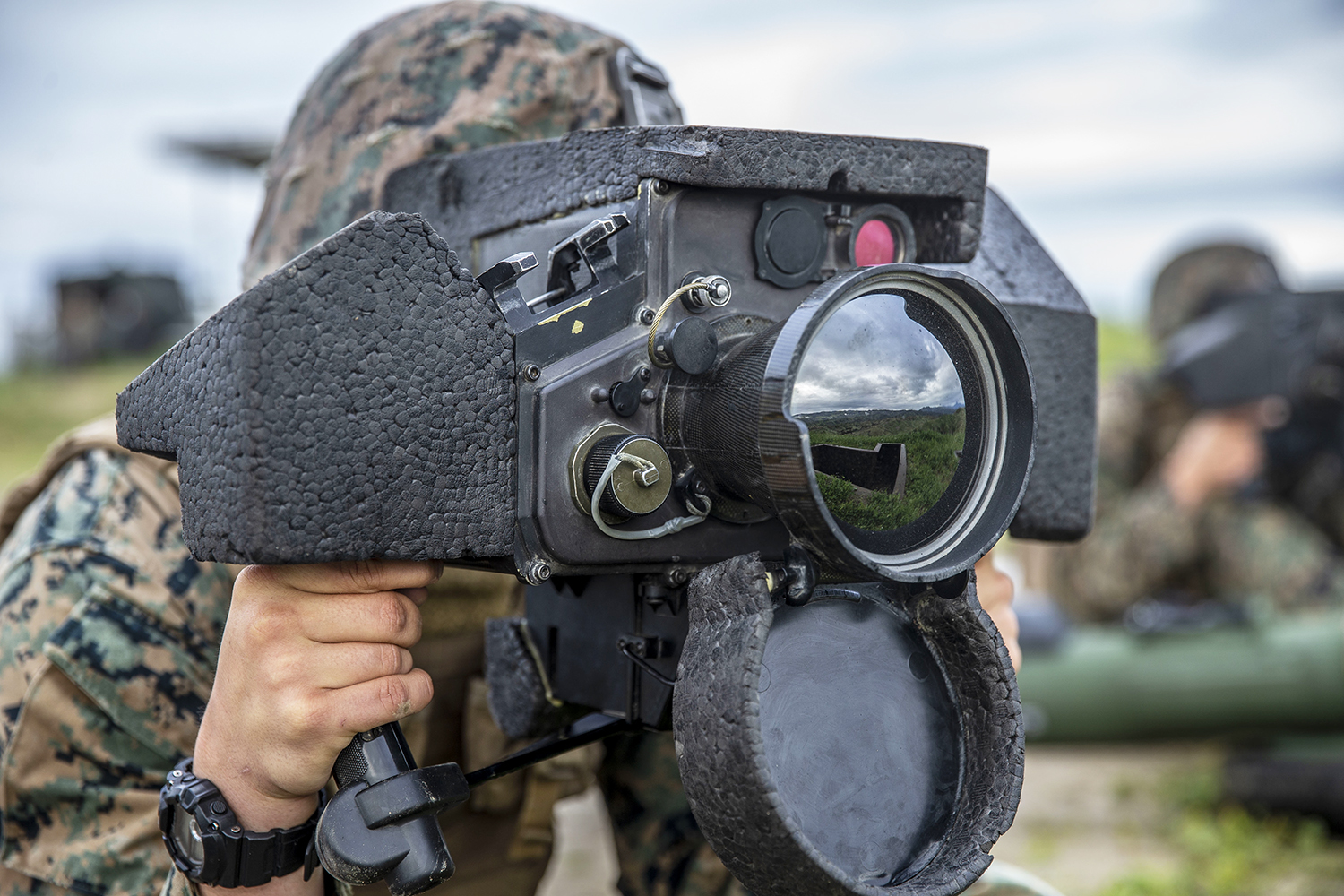
Though specific figures do not appear to be readily available, by every indication, existing production capacity for new Stinger missiles is limited, as Assistant Secretary of the Army noted in March. In a contracting announcement that same month regarding a future replacement for this missile, the Army noted that “the current Stinger inventory is in decline.”
Though it has not provided specifics, the Pentagon has repeatedly stressed that there is no risk of the U.S. military as a whole depleting its stocks of either of the missiles to the point where it would not have sufficient quantities to use in a future conflict, at least not yet. The Army has efforts in motion to acquire a new type of infantry anti-tank missile, as well as the Stinger replacement, which could reduce the demand to replenish stocks of these weapons.
“There is nothing preventing the United States from helping our friends in Ukraine with Stingers and Javelins. We have a strategic reserve of these items,” Donald Norcross, a Democratic Representative from New Jersey and the Chairman of the House Armed Services Committee’s Air and Land Subcommittee told Defense News for a piece published this week. “What I also want to bring into the conversation is many of those weapons that we’re talking about are of a design of decades ago. Is it the best use to reengage those lines or to upgrade? How long will that take versus what we need? What might we potentially need for Ukraine or other countries?”
The demand signal for either of these missiles might well change in the coming weeks and months if the U.S. government creates a new Lend-Lease program to help accelerate the delivery of all kinds of weapons and other materiel to Ukraine. The U.S. Senate passed a bill regarding this proposed military assistance program yesterday, but it still needs to pass in the House of Representatives before it can head to President Biden’s desk to potentially be signed into law.
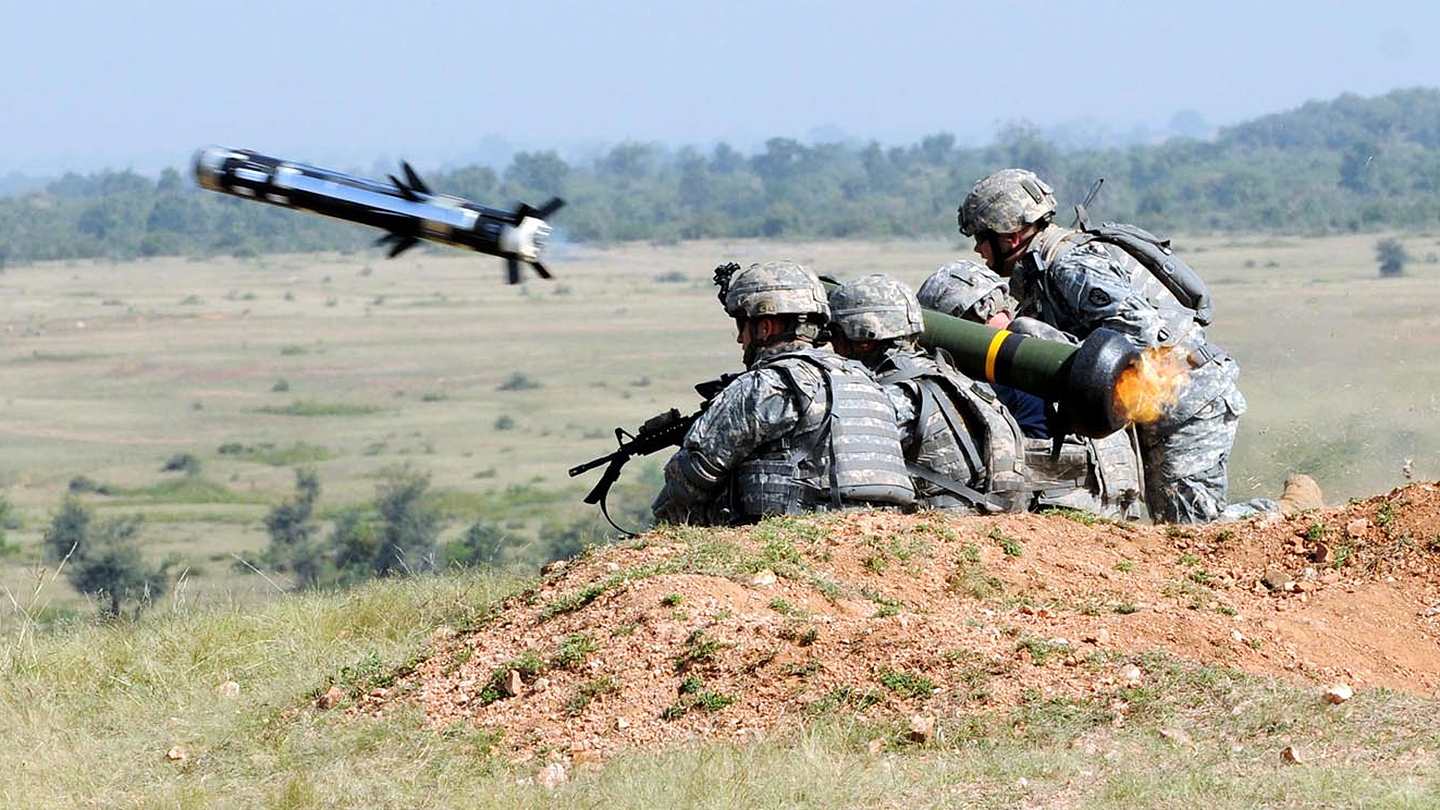
Beyond that, the success of Javelin missiles in active combat against a large, relatively modern, and heavily-mechanized peer-state military in Ukraine could prompt increased interest when it comes to the export market among new and existing customers. Other countries besides the United States have sent shipments of these missiles to the Ukrainian armed forces and will have to make their own decision regarding their diminished stockpiles, as well. All of this goes for Stinger, too, a weapon system that already has a solid reputation against high-end opponents, dating back all the way to its use against Soviet forces in Afghanistan in the 1980s.
If nothing else, the conflict in Ukraine, and U.S. government’s delivery of thousands of Javelins and Stingers to the Ukrainian armed forces, has prompted an important discussion about the capacity of America’s defense industry to surge production of critical weapons in a crisis. Answers to these questions will be necessary to avoid major shortfalls not just in terms of military aid for Ukraine, but in terms of ensuring key capabilities are available to American forces in any future conflict.
Contact the author: Howard.Altman@recurrent.io
